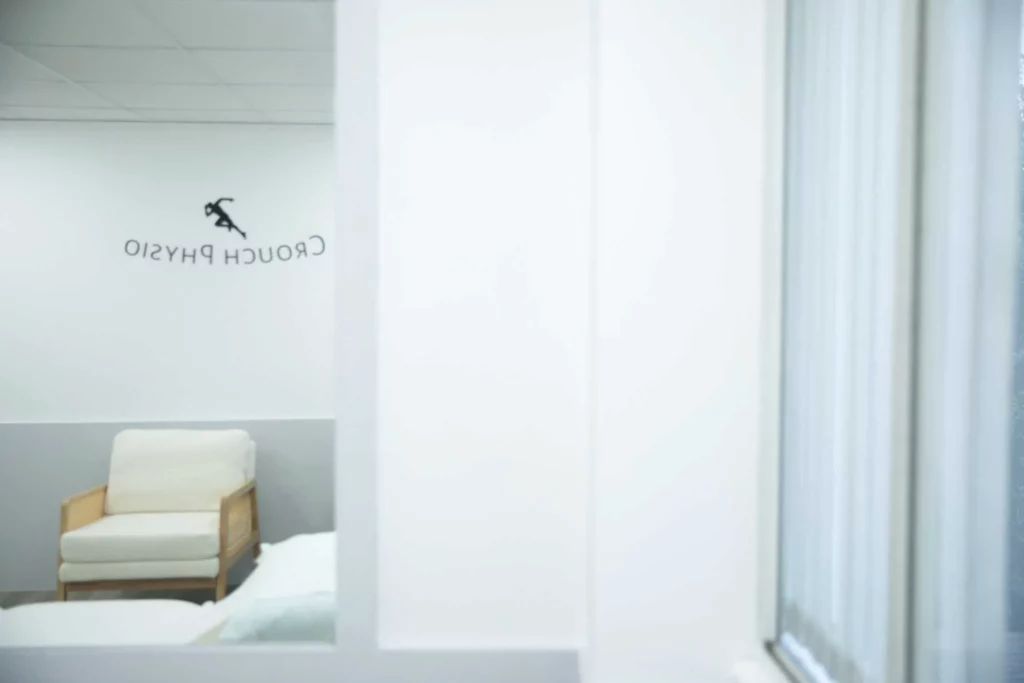Meniscus Injuries
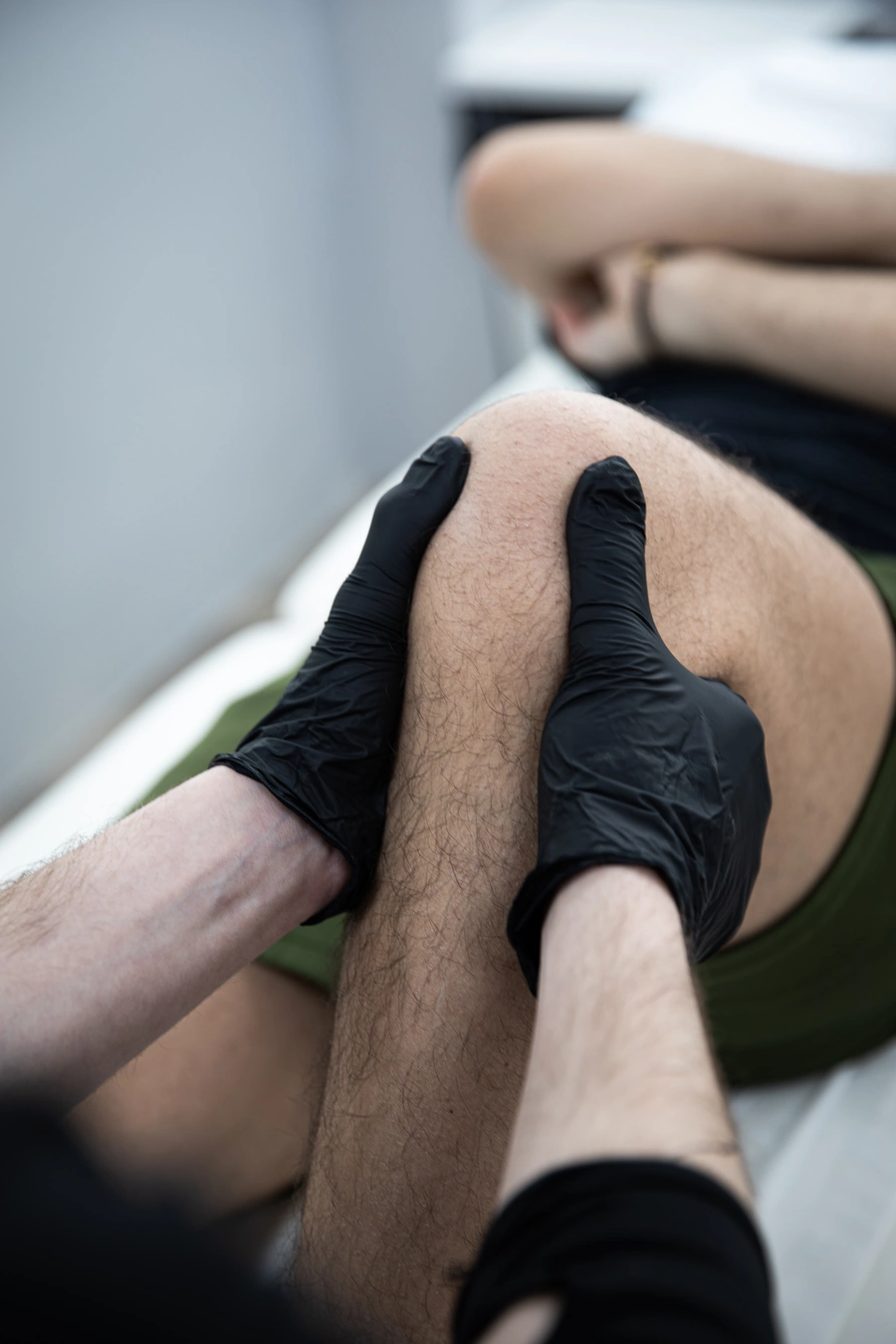
What is Meniscal injuries?
Meniscal injuries arise when there’s damage to the meniscus, a piece of cartilage in the knee that acts as a cushion between the femur (thighbone) and the tibia (shinbone). These injuries commonly occur during activities involving forceful twisting or turning of the knee, such as football or basketball.
Patient Presentation and Symptoms
- Pain: Patients typically experience pain, particularly when twisting or rotating the knee.
- Swelling: Swelling around the knee joint is common and may gradually develop over several hours post-injury.
- Difficulty Straightening the Knee: Patients may struggle to fully straighten their knee due to pain and swelling.
- Popping or Clicking Sensation: Some patients report hearing or feeling a popping or clicking sensation during the injury
- Locking: In severe cases, the knee may become locked or stuck in a certain position, often due to a torn piece of meniscus getting caught in the joint.
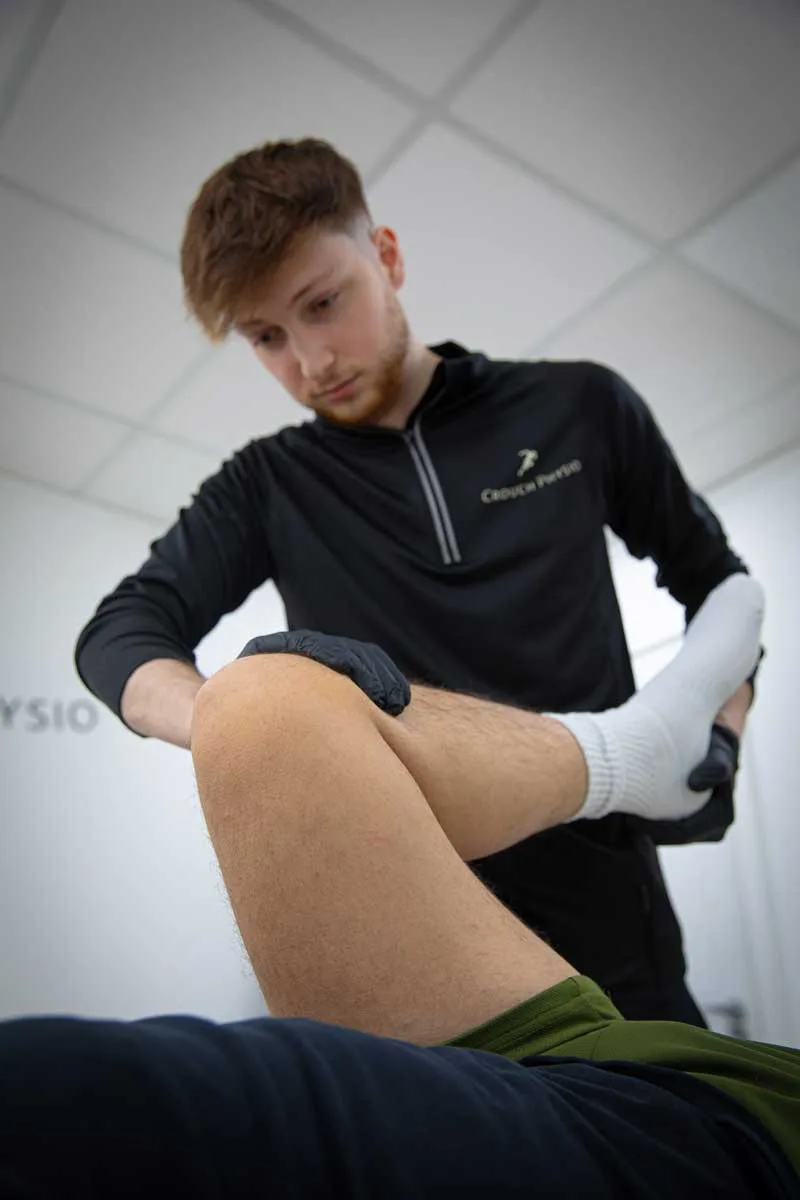
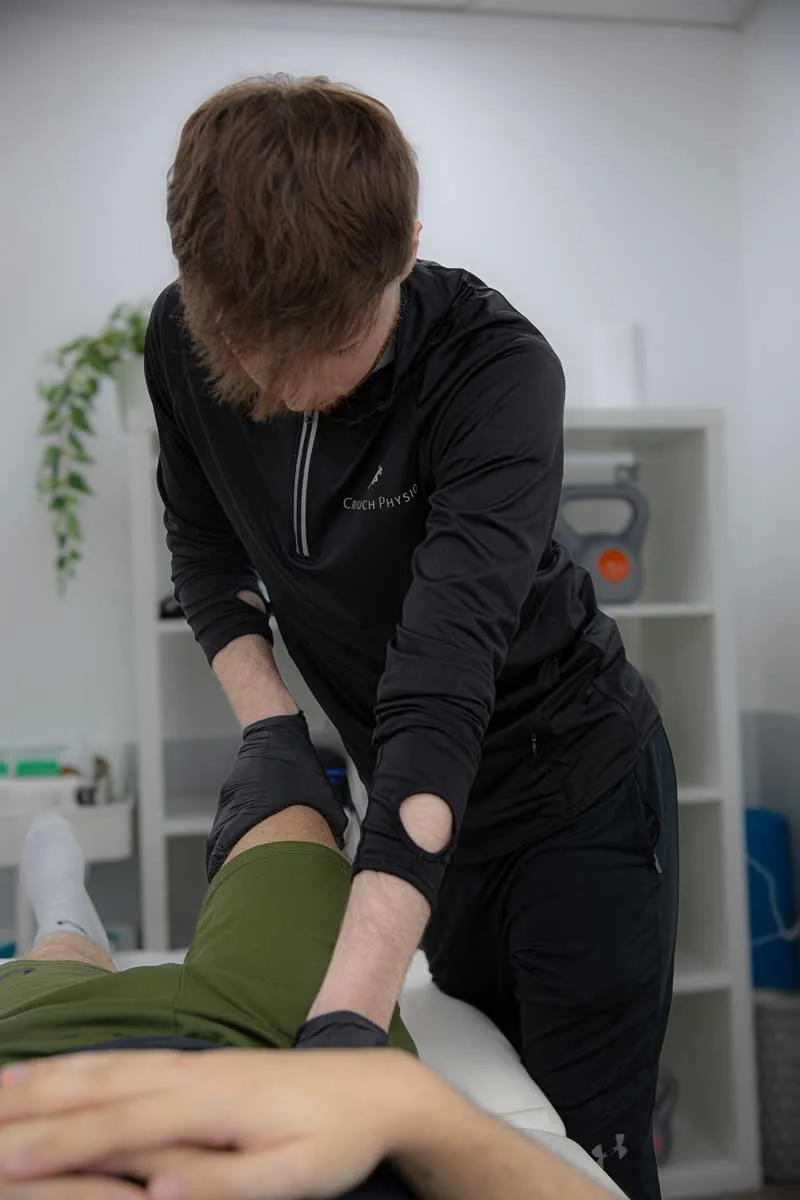
Tests for Diagnosis
- Physical Examination: A physiotherapist will conduct a series of tests to assess the knee joint's range of motion, stability, and tenderness. Specific tests such as the McMurray test and Apley's compression test can help determine the likelihood of a meniscal injury
- Imaging: X-rays can help rule out other causes of knee pain, such as fractures, while MRI scans are more effective in diagnosing meniscal tears by providing detailed images of soft tissues.
Treatment Methods
- RICE Protocol: Rest, Ice, Compression, and Elevation can aid in reducing pain and swelling during the acute phase of the injury.
- Physical Therapy: A physiotherapist can devise a rehabilitation programme focused on strengthening the muscles around the knee, improving range of motion, and restoring normal function.
- Medication: Nonsteroidal anti-inflammatory drugs (NSAIDs) may be prescribed to help manage pain and inflammation.
- Injection Therapy: In some instances, corticosteroid injections may be administered directly into the knee joint to reduce inflammation and alleviate symptoms.
- Surgery: For severe or persistent cases, surgical intervention may be necessary to repair or remove the damaged portion of the meniscus, especially if conservative measures fail to provide relief.
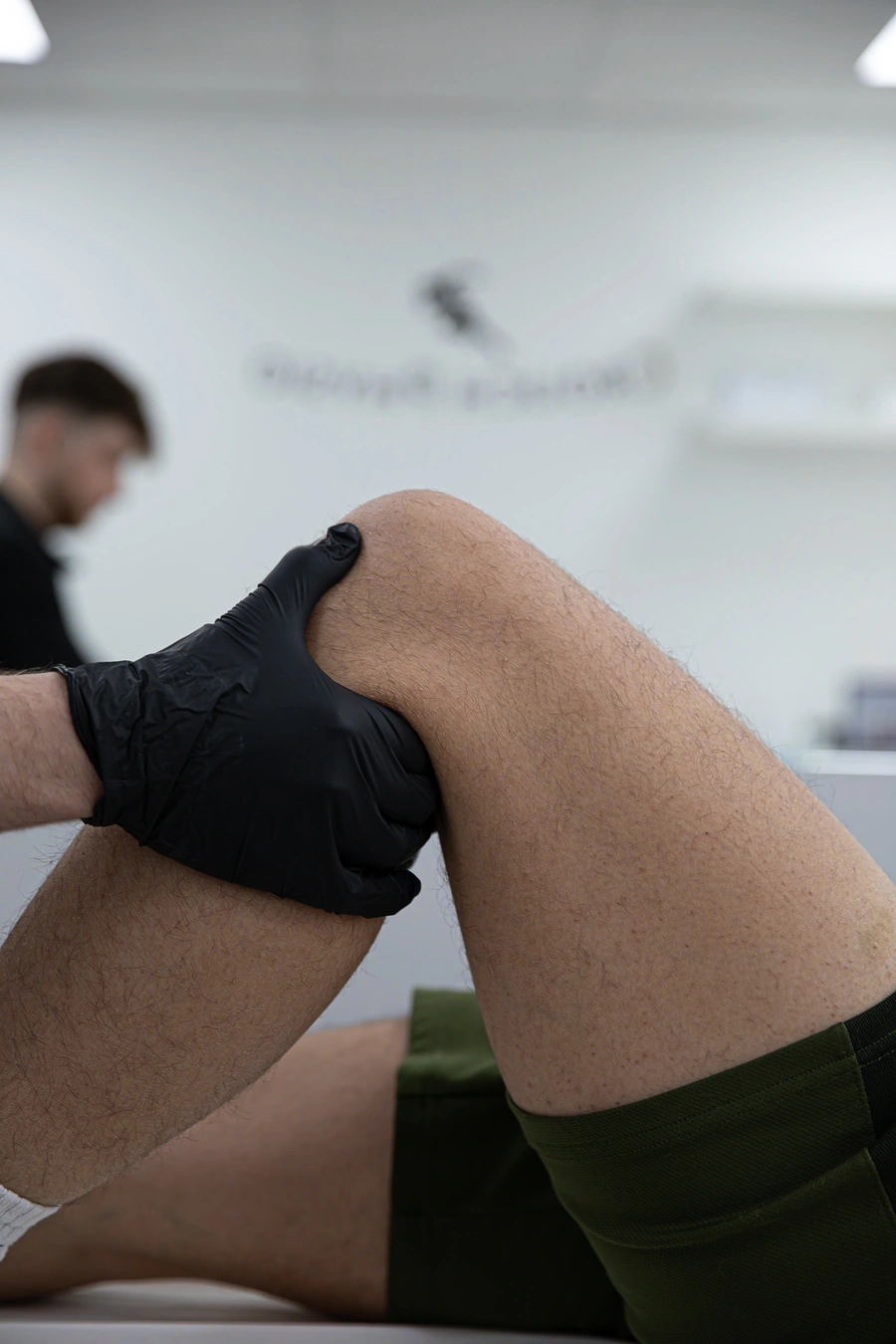

Physiotherapy Advice
- Compliance with Treatment Plan: It's crucial for patients to adhere to the physiotherapist's advice and complete their rehabilitation exercises regularly to facilitate recovery.
- Gradual Return to Activity: Patients should gradually reintroduce activities and sports into their routine, following a structured plan provided by their physiotherapist to prevent re-injury.
- Proper Technique: Emphasise the importance of proper technique and body mechanics during activities to minimise stress on the knee joint.
- Maintenance Exercises: Encourage patients to continue with strengthening and stretching exercises even after recovery to maintain knee stability and prevent future injuries.

